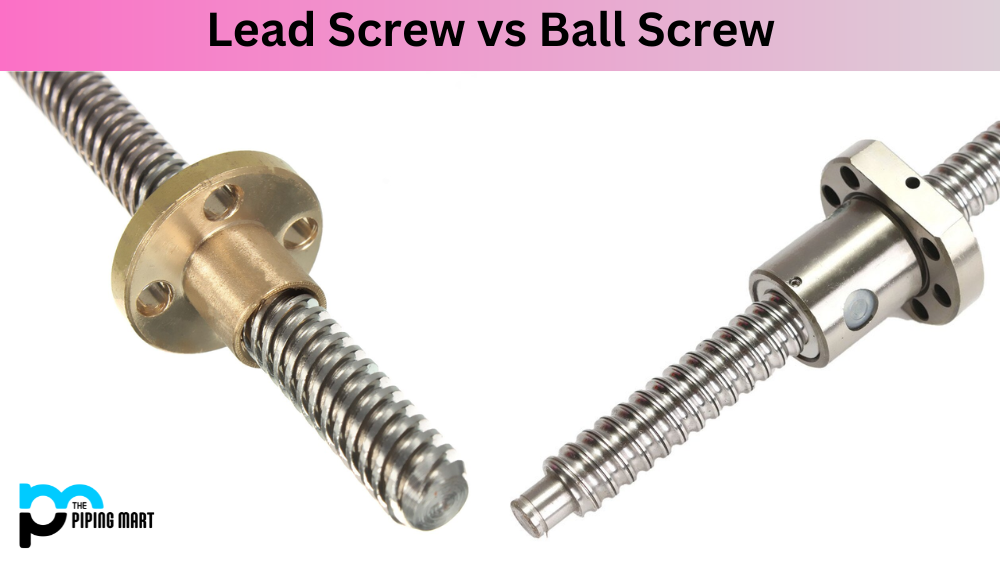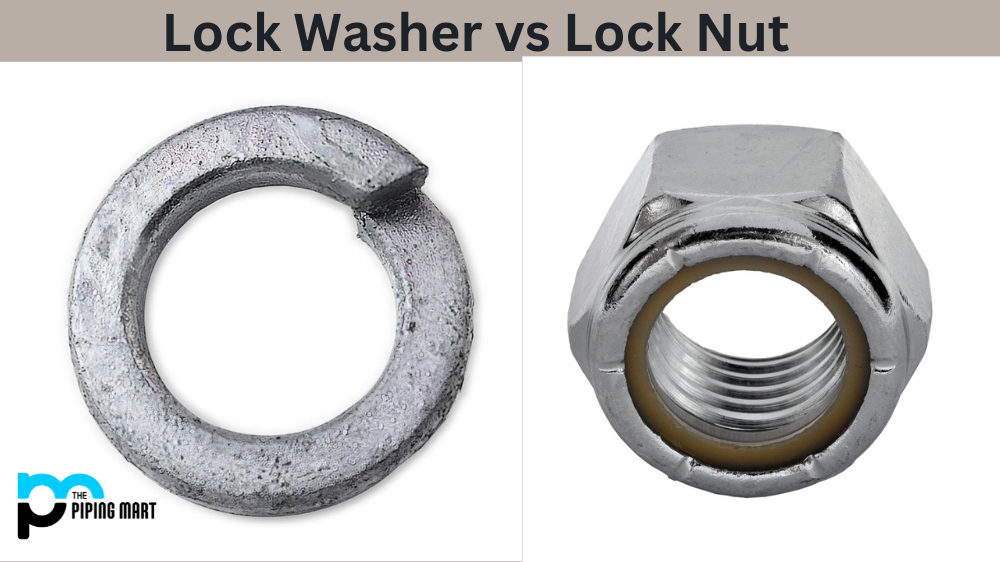Machines and mechanisms require a vast array of components to operate effectively, and one such component is the screw. Two types of screws are used in machines: lead screws and ball screws. Although they have similar functions, they are quite different in structure and performance. In this post, we’ll look in-depth at both lead screws and ball screws and compare their features to determine which is better suited for different applications.
Lead Screws
Let’s start with the definitions: a lead screw is a mechanical component that converts rotary motion into linear motion, while a ball screw comprises a threaded shaft and a specially designed ball nut that can move linearly along the threaded shaft. In a lead screw, the load is carried by the threads of the screw, which can wear out over time. On the other hand, a ball screw’s load is carried by the rolling motion of the balls, which provides better accuracy and longevity. This makes ball screws more precise and reliable in high-precision applications.
Ball screws
Another important aspect to consider is speed. Ball screws have a significantly higher travel speed and handle higher loads than lead screws. This is because the balls inside the nuts have less friction than the threads of a lead screw, enabling them to rotate more smoothly and rapidly. Lead screws, on the other hand, have higher static and dynamic loads at low speeds than ball screws and are thus better suited for low-precision applications that don’t require high speed.
Difference Between Lead Screw and Ball Screw
When it comes to efficiency, ball screws perform better than lead screws. A ball screw has a higher mechanical efficiency because the rolling balls reduce friction, which results in less heat build-up and a smoother operation. Lead screws, on the other hand, are less efficient due to their high levels of friction and the resulting heat build-up, which can cause the screw to bind and wear out faster.
While ball screws are generally more efficient and effective, they come at a cost. They are more expensive than lead screws due to their complex design and the high precision required during manufacturing. Lead screws, on the other hand, are less expensive and are easier to manufacture, making them an attractive alternative for low-precision applications.
- Lead screws are more common than ball screws.
- Lead screws are less expensive than ball screws.
- Lead screws are less precise than ball screws.
- Ball screws are more durable than lead screws.
- Ball screws can handle higher loads than lead screws.
- Ball screws are more efficient than lead screws.
- Ball screws require less maintenance than lead screws.
- Ball screw systems are overall better than lead screw systems.
Conclusion
In conclusion, both lead screws and ball screws have pros and cons. While ball screws are better suited for high-precision applications that require high speed and efficiency and don’t mind the added cost, lead screws are more budget-friendly and ideal for low-precision applications. When selecting between the two, it’s important to consider the specific needs of your application and make an informed decision based on the intended use case.

Abhishek is a seasoned blogger and industry expert, sharing his insights and knowledge on various topics. With his research, Abhishek offers valuable insights and tips for professionals and enthusiasts. Follow him for expert advice on the latest trends and developments in the metal industry.




